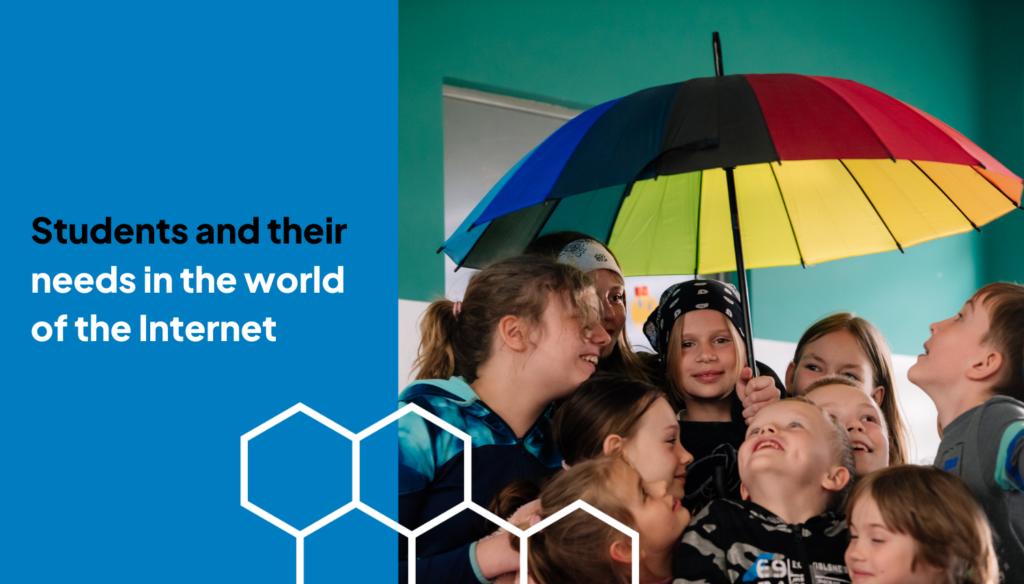The individual needs of students at school are related not only to their neurodiversity or impairments, but also to their experience of migration or difficulties of other types (such as emotional or behavioral). It is extremely important to notice each student and help them find themselves in that situation. Information and communication technologies can be helpful for this. We have prepared a guide, in which we analyze the situation and suggest what to pay special attention to in the context of different groups of children in difficult situations, and what else can be done to better support them.
What are information and communication technologies?
Information and communication technologies are, in the broadest terms, all those tools that are useful for acquiring information and for communication. They facilitate not only contact with the student, but also the transfer of knowledge in a way that is both effective and impressive. The most popular ICT tool is, of course, a computer with Internet access, but we should not forget about others that have become particularly popular during the period of pandemic isolation. These include, for example, e-learning platforms, all kinds of multimedia teaching materials, collaboration tools (e.g., for sharing documents), as well as simulations and virtual reality.
Neurodiverse students at school
Supporting neurodiverse students in the area of communication involves not only facilitating the acquisition of knowledge, but also responding to difficulties in the area of social relations. Many do not cope with initiating interactions, with interpreting social signals, and are often exposed to bullying. People on the autism spectrum need friendship and social acceptance, and when using ICT, through the use of tools for contact with others, such as computers or smartphones, but also game consoles or video conferencing, feelings of isolation can decrease. There are many studies that highlight the role of robotics or virtual reality in developing social and emotional skills.
Children with experience of migration and ICT
Children with the experience of migration are an extremely challenging group, who, after leaving their previous place of residence, are particularly exposed to the reduction, if not complete severance of contacts with their immediate environment and with their peer group, which is of considerable importance for development and ensuring a sense of security. ICT tools can allow, first of all, access to education for children with refugee experience, and thus help them learn the language and integrate into their peer group. In this way, the risk of conflicts and cultural misunderstandings can be reduced. However, it is worth noting such problems as learning difficulties, the gap in access to new technologies, and the lack of digital competence of parents.
Emotional and behavioral difficulties of students
Emotional and behavioral difficulties of students can refer to patterns of behavior and problems, such as aggression anxiety or hyperactivity. Pupils who struggle with such disorders (from emotional and behavioral difficulties – EBD) exhibit externalizing (i.e., outward-facing) and internalizing, or inward-facing, behaviors. Very often, children’s difficulties do not depend on their personal characteristics, but on environmental influences. Online support for those with EBD is extremely important due to the lower digital competence of children who are discriminated against and the universality of problems that may occur more frequently, such as cyberbullying.
Be Internet Awesome Guide
The previously mentioned individual needs of students determine the need for an individualized approach, and it is imperative that these needs be taken into account in teaching. The School with Class Foundation, with the support of Google.org, runs the Be Internet Awesome program, for which a guidebook entitled Be Internet Awesome For All. Be Internet Awesome – developing digital citizenship in children with various educational needs. was created.
